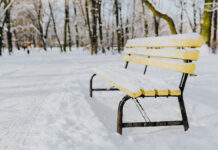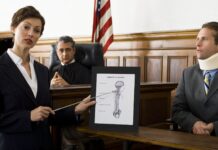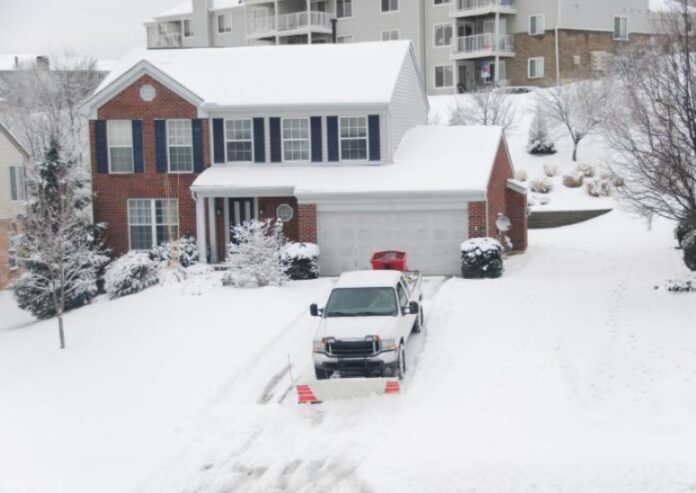
Driveway snow removal is one of the things you will have to deal with when winter comes and snow is falling. If you think about how demanding it can be to keep your driveway free of snow, you may be tempted to leave it there.
Sure, we know, the snow is beautiful, and you want to enjoy it, but keep in mind that you need to use your driveway. Also, people are socially responsible to maintain a tidy driveway, so the city services can do their job right on time.
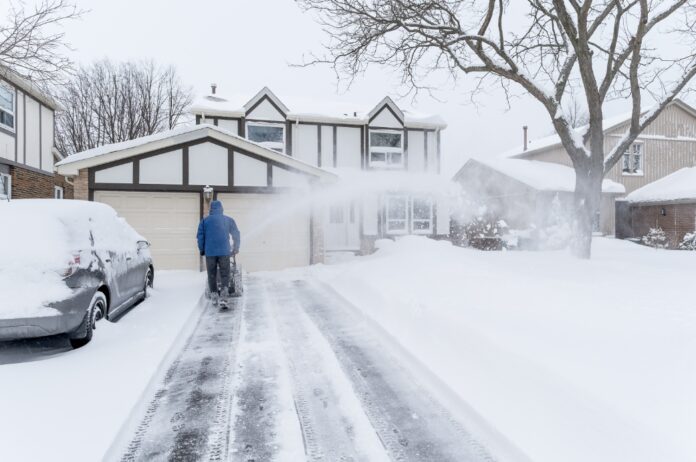
However, when not removed, snow on your driveway comes with some dangers that you should want to avoid.
People should be aware of the potential dangers that come with snow and ice. We are sure you want to keep that white look of your yard, but we all know how messy would it be in just a few days, or as soon as the snowing stops. You also have an option to hire professionals, to maintain the whole thing for you. Surely, you need to pay for this service.
In this article, we discuss five dangers of ignoring the snow on your driveway and effective driveway snow removal methods.
Problems with ice
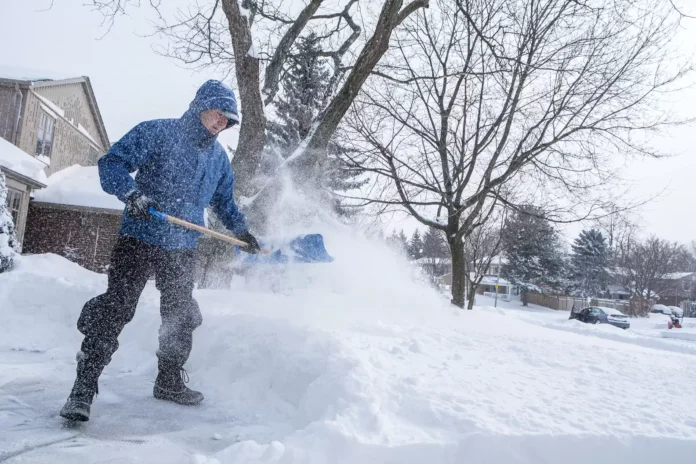
There are many things that happen to your driveway when snow falls on it. As the snow begins to melt, it seeps into the driveway and then freezes in it. The end result is the formation of a thin and dangerous layer of ice.
This layer of ice reduces the friction of the surface of the driveway, which creates the risk of someone slipping and falling. The worst thing is when the ice is covered with a new layer of snow, and the people can’t really see what’s happening. It’s dangerous, wherever you are with a car, or you take a walk in your yard. You could also find yourself sliding uncontrollably in the wrong direction while driving out in the morning. Visit this website for more information and resources.
Car issues
Not removing snow from your driveway can run you into car issues. For example, if you have a vehicle that’s been left unused for a while and you decide to drive it one day during winter, you are likely to have a serious challenge getting it out. This is because it may have been frozen by the snow you failed to remove over time.
Let’s imagine another scenario: you are ready for work and you’re trying to back out of your driveway, but the snowfall from last night was big. Rather than have the snow removed, you chose to gun your way out through the snow. You’re guaranteed to get stuck doing this, and that’s not what you want if you really have to get to work. More so, if your car is left in deep snow all night or for a long time, you may soon be dealing with rust.
Roof collapse
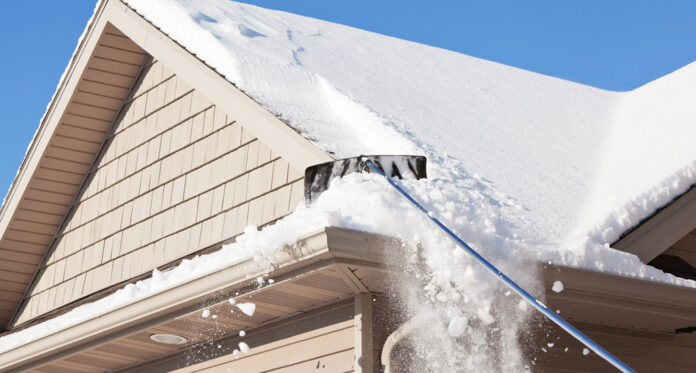
There are specifications for buildings in cold climates, part of which is how much snow weight a roof is expected to withstand. The amount of weight that a roof is expected to bear is included in the local building codes, which is largely determined by the climate of the area and the amount of snow there. If the roof on your home is weak and deteriorated, it may not be able to bear as much weight as it used. There is a risk of the roof collapsing if a heavy snowball falls on it.
As the roof collapses, a large amount of snow and debris may end up on the driveway. So, if the weather is still snowy, they can be again covered in snow and ice. It’s pretty risky too because you can end up hitting your car, or losing control of it if you hit a bump while driving.
The risk of being liable
Snow at your place always creates the possibility of injury because someone walking on it may slip. You want to avoid this, especially in a business setting. If someone slips and sustains an injury because you failed to remove the snow, you may be held liable.
This is so risky and can end up in a civil lawsuit, or you may even end up in court. So, it’s not worth the tiny effort you need to put into cleaning up your driveway on time, especially if plenty of guests and visitors come to your house.
More work

When there are projections that a storm is coming with many inches of snow, the best thing to do is to go to your driveway and shovel it even while the snow is dropping. Although you’d have to make a number of shoveling trips, moving two-inch snow is a lot easier to move than a six-inch. The more you leave it, the more work you will have to do eventually.
How can I keep my driveway free of snow?
There are a number of things you can do to keep your driveway free of snow. The following are some of them:
- Heat mats: If you are building a new house or doing driveway replacement, this is an effective way to deice your driveway. However, these in-ground mats are quite expensive.
- Rock salt: This is the most common approach used by homeowners to deice their driveways. The good thing about rock salt is that it is affordable and readily available. The downside of this method, however, is that it is not safe for pets and plants because it contains chloride and cyanide.
- Gravel or sand: This is a good method to make walking on the surface of your driveway less dangerous by creating traction. The issue with this approach is that it can leave your driveway in a mess.
- Regular shoveling: There’s hardly a perfect approach to de-icing your driveway. Preventing snow from accumulating and becoming ice in the first place remains the most effective approach. This requires that you shovel the snow as soon as it hits the ground. Of course, this is not an easy approach as it can be physically demanding, but it gives a perfect outcome all the time.
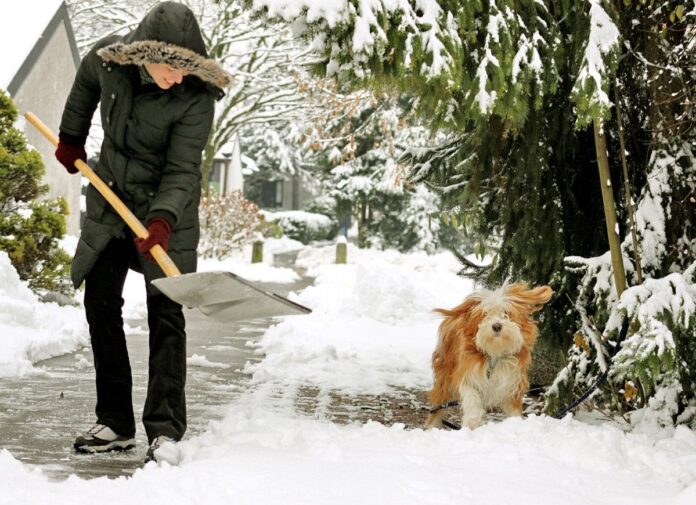
Bottom line
The dangers involved in not paying attention to driveway snow removal are many. Many people maintain their driveway alone, so they can be sure everything is done properly. You can improve the situation by putting some salt and/or sand, to avoid freezing again. Above all, let professionals help you handle your snow removal. It makes life easier for you and the result are always much better. To see reputable snow removal services around you, check out Angie’s List.
Hiring a professional can save a lot of time and nerves. Even though it’s more expensive than maintaining the driveway alone, it’s more effective, and you will always be sure everything is nice, clean, and tidy – just like it needs to be.





